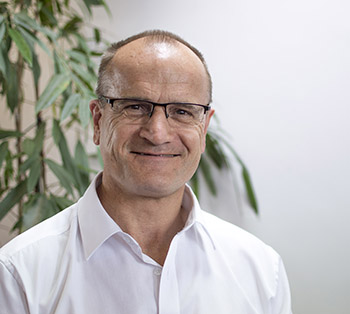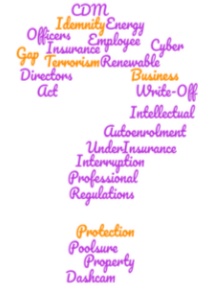
When we reminisce, it is often through ‘rose tinted spectacles’ as regards the way things were but when it comes to technology and new inventions, I always had the sense that most things got better and safer overtime.
If you consider road safety, when I was born in the sixties there were generally 7000 fatalities each year despite there being far fewer vehicles on the road. Now it is down to around 1700 each year. Likewise, when I started my first job in the seventies work related deaths were consistently over 500 a year, now they tend to be between 130/170 a year and that’s with an extra 10 million people in work.
So in many ways we are much safer but all of a sudden we have had the pandemic with the ensuing economic and health crises, and now Putin’s invasion of Ukraine has brought on the first serious concerns of nuclear war for decades.
With that background I recently attended a seminar looking at the unintended consequences of the new technologies related to the environmental sustainability of building design, and it seems that many involve unintended risks.
The risk of using some modern building materials is well known following the Grenfell tragedy but some risks are less obvious including a trend for ‘green walls’ (the modern version of ivy on the side of a historic house) where plants are encouraged to grow up the side of multi- storey buildings and make it easier for a fire to spread from floor to floor.
The risk of fires from the batteries in electric vehicles has been a concern for years as they can burn ferociously for hours, and it seems that the only way they can really be extinguished is to submerge the vehicle in water, which is hardly practical. With the batteries isolated within a vehicle to protect the occupants if a crash occurs, insurers seem content with the protections and now readily insure electric vehicles. However, there is a concern emerging of the impact electric vehicles can have when fires occur in multi-story car parks. Fire can already easily spread between conventional fuelled vehicles, but the intensity of the electric battery fires adds a new dimension and will require greater focus on the likes of sprinklers to protect buildings.
It seems solar panels are also a source of fires, although these are generally due to faults with electrical connections, a problem that can largely be mitigated by stipulating the use of a certain quality of materials and installer.
The other interesting take away was that for all that we hear about making buildings more resilient to flood and water damage there is mounting evidence that many older properties are actually far more resilient than some of those with modern materials.
It is no great surprise that old is not always bad and whilst it may be easy to ‘overplay’ some of the new risks, generally newer technology will come along to solve or reduce the problems created by the earlier technology and so it is likely to continue. Innovation certainly keeps the insurance industry on its toes.


Recent Comments